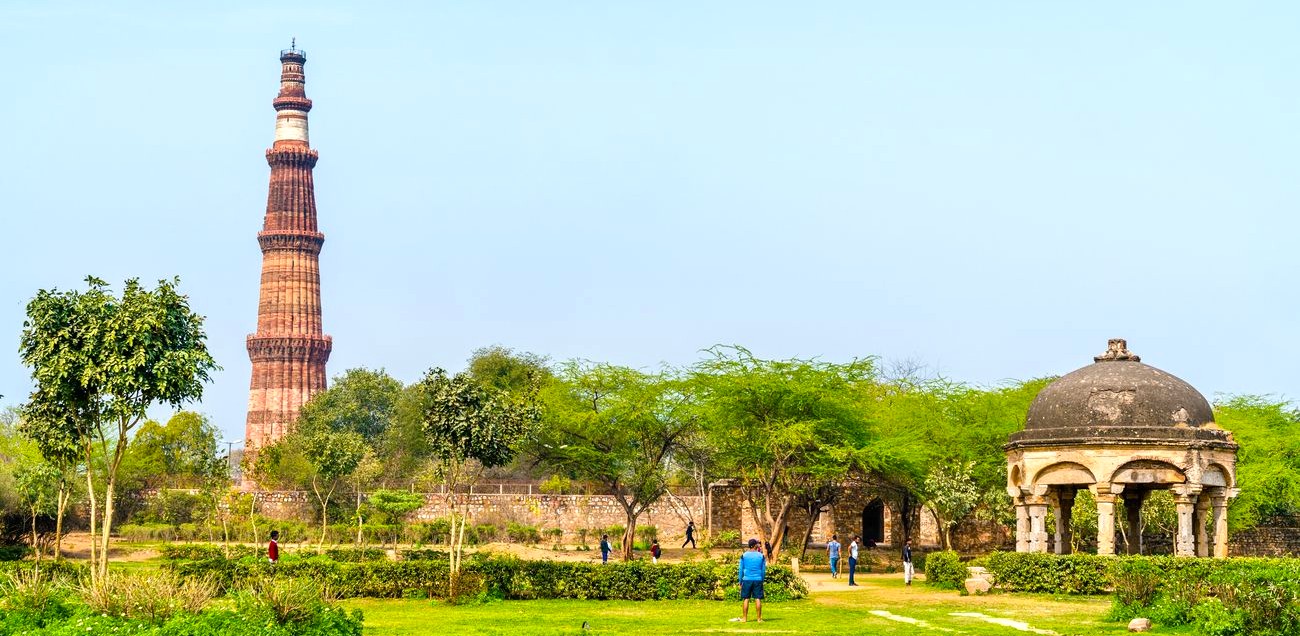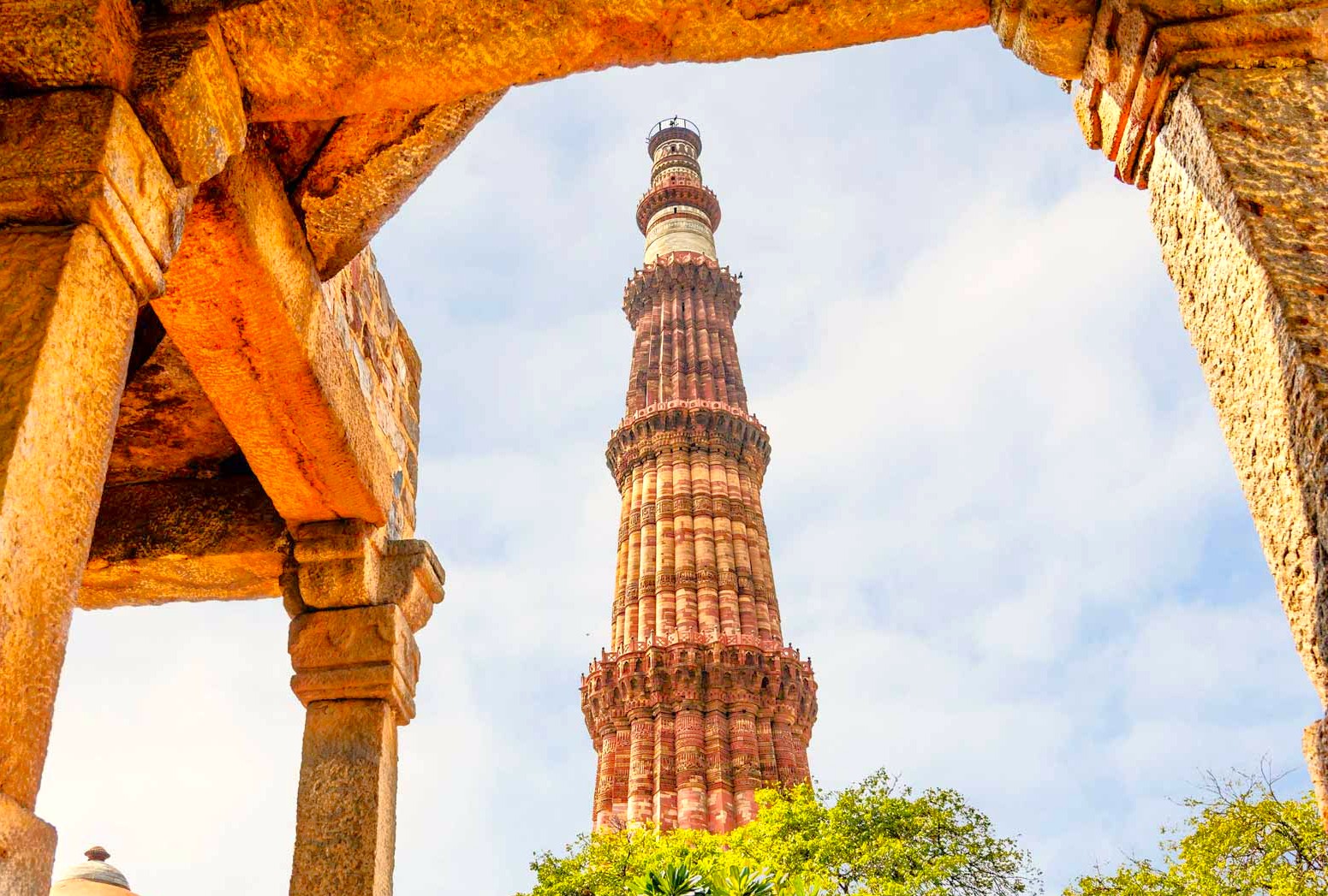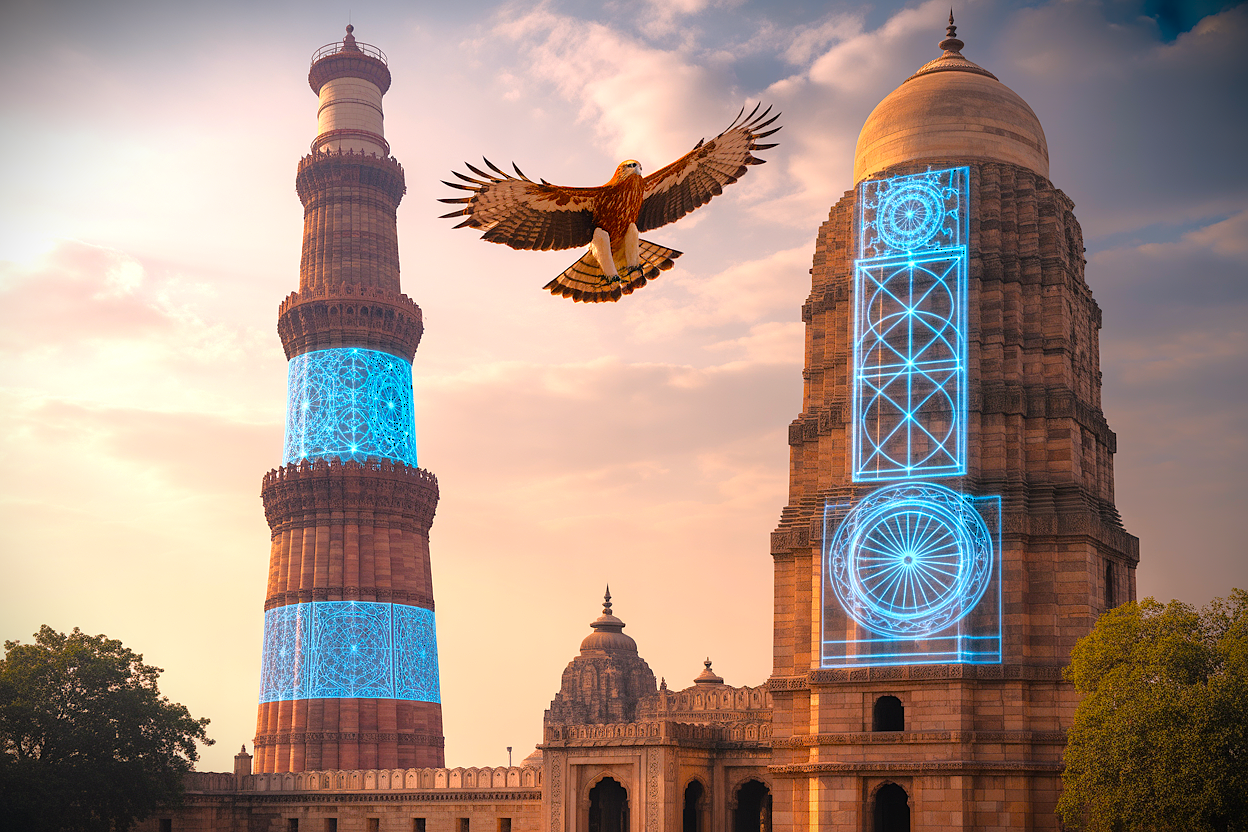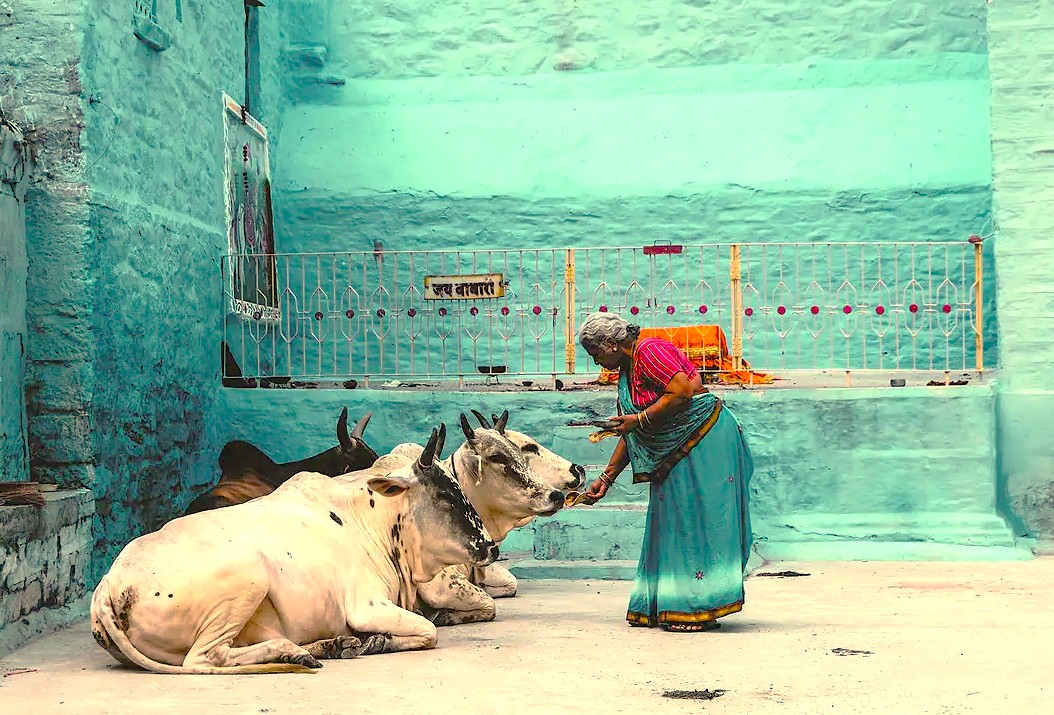Ancient Encounters
Qutb Minar Delhi India
Mother Masala tours
A Symbol of Delhi’s Past
Qutb Minar Delhi India. We are venturing into the realm of the Qutb Minar Delhi, standing tall as a testament to India's rich historical tapestry. Built in 1193 by Qutb-ud-Din Aibak, and is a Unesco World Heritage Site. The site marks the beginning of the Islamic rule in India, initiated after the defeat of the last Hindu ruler, Prithviraj Chauhan, in 1192. Its name, derived from the Sufi saint Khwaja Qutbuddin Bakhtiar Kaki, symbolizes both the spiritual and governance changes of the time. The construction of the minaret continued under Aibak’s successor, Iltutmish, who enhanced its grandeur by adding the three additional stories that grace its height today. Reaching a height of 72.5 meters, was an architectural feat of its time, representing the cultural fusion of Hindu and Islamic design in its intricate details. It serves not only as a minaret but also as a victory tower, commemorating the establishment of Muslim sovereignty in northern India.

Qutb Minar Delhi India: Sacred Spaces
Surrounded by a collection of artistic and historical treasures that invoke a deep sense of reverence. Key artifacts include finely crafted pillars from dismantled Hindu temples, enriching the monument's narrative of cultural convergence. The intricate carvings on these pillars reveals wonderful motifs and inscriptions reflective of both Persian and Indic styles. At the base of the tower lies the Quwwat-ul-Islam Mosque, constructed by Qutb-ud-Din Aibak in 1193 using materials from the demolished Hindu temples. This fusion of elements creates a unique ambiance of sacredness and history, inviting all who enter to appreciate the significance of these timeless relics.
Ancient Mosaics: Impeccable Craftsmanship

The artistry visible in the stone and craftsmanship reveals incredible stories from another time. The monument itself comprises five distinct stories, each displaying variations of design and decorative motifs. The intricate carvings found on the pillars and walls were created primarily by skilled artisans and craftsmen of the Ghurid Dynasty who brought their expertise from their homeland. One feature is the fine calligraphy, where inscriptions from the Quran are interspersed with artistic patterns. Each level whispers tales of the eras and creative genius.
The Pulse of the Local Community
Qutb Minar Delhi India. The community is characterized by its warm hospitality and rich traditions that resonate with the essence of Delhi. The locals take great pride in their heritage, viewing the minaret as not only an iconic landmark but also as a part of their collective identity. They thrive on their rich history and share a deep connection to the artistic legacy embodied within the Qutb complex. You will find that the residents engage intimately with their past, celebrating local festivals that often pay homage to the minaret’s historical significance.
Capturing the Magic: A Photographic Haven

The minaret is a prime location for capturing stunning visuals that resonate deeply with our sense of history and beauty. Its majestic height and intricate details create an ideal backdrop for photography, allowing us to frame the exquisite patterns etched into the stones against a vast blue sky. The jali work and elegant archways provide contrasts in light and shadow. Every angle offers a new perspective, making it a truly rewarding experience for photographers. Early morning light casts long, dramatic shadows, perfect for capturing depth. At sunset, the minaret glows golden, offering breathtaking scenes.
A Culinary Journey: Savor the Flavour
While the Minar is primarily an architectural and historical site, the area's culinary offerings cannot be overlooked as we immerse ourselves in local culture. Delhi is famous for its diverse food scene, and nearby, we can indulge in authentic dishes that reflect the region’s rich culinary heritage. Street vendors and restaurants in proximity to the Qutb Minar serve this sumptuous dish, often accompanied by tangy raita and freshly made naan. You will find variations across the city, each with unique flavors that have been passed down through generations.
The Connection with the Gods

The sacred space created by the Qutb Minar has deep-rooted spiritual significance, associated with many deities and historical figures. The site is a tribute to Khwaja Qutbuddin Bakhtiar Kaki, a revered Sufi saint, symbolizing the intertwining of mysticism and governance in the region. The minaret serves as a reminder of the spiritual legacy that accompanied the conquest of the subcontinent, fostering a unique convergence of Hindu and Islamic beliefs. This blending created a rich tapestry of devotion. Visitors feel a profound sense of peace here.
Festivals of Devotion: Honouring the Sacred and the Divine
Qutb Minar Delhi India. The most notable event is the Maharaja Shrawan Mela, held annually in August, which reveals various local traditions and arts. During this festival, locals gather to participate in prayers and rituals honoring deities, transforming the air into a lively blend of music and colors. Another important event is Eid al-Fitr, which marks the end of Ramadan and attracts many people to the nearby mosques for communal prayers.
Ancient Technologies: Sacred Sound, Geometry & Astrological Influences

The structure integrates precise proportions that align with ancient Vastu Shastra principles. This intentional design and placement create a unique energy, contributing to its aura of tranquility. The use of materials like red sandstone enhances this energy, as the physical properties of the stone contribute to sound resonance. The walls and pointed arches facilitate acoustic properties, amplifying sound frequencies. This deliberate alignment allows a profound Solfeggio connection to emerge, crafting a truly sacred and healing space, every element works in unison.
Resilience and Renewal: Overcoming Adversity’s Challenges
Qutb Minar Delhi India. The history surrounding the Qutb Minar is marked by significant events, demonstrating the resilience of both the structure and its local inhabitants. One of the most notable adversities occurred in 1505 when a major earthquake struck, causing considerable damage to the site. The subsequent restoration efforts under Sikandar Lodi reflect the community’s resolve and commitment to preserving this important monument. In 1803, another earthquake resulted in severe structural damage. Major Robert Smith undertook extensive repairs, ensuring the minaret’s majestic silhouette remained a beacon of heritage.
Serendipitous Meetings: Beyond the Main Path

As we walk the surroundings, we encounter corners brimming with local artistry and craftsmanship. The nearby alleys reveal vibrant workshops where artisans create intricate works, from handwoven textiles to delicate pottery. The immersive experience of walking through these busy streets allows us to engage with the craft culture that has thrived here for centuries. We can often observe the meticulous process of hand-milling and natural dyeing as artisans share their expertise. You will discover unique treasures, each telling a story of heritage and skill.
Urban Legends: Strange Sightings, Myths and Mysteries
Within the shadows of the Minar, stories of urban legends and mysteries abound. Local folklore speaks of a secret passageway said to connect the minaret to the nearby mosque, allegedly used by ancient rulers for discreet entrances during times of conflict. This hidden route has inspired tales of intrigue and adventure among the local populace. Another legend tells of a ghostly figure dressed in traditional attire that appears at twilight, wandering the complex. Locals claim this spirit is that of Qutb-ud-Din Aibak himself, eternally watching over his creation.
India: Where Experiences Find You, Join Us

As we prepare to explore this extraordinary site, we invite you to join us on this adventure. The Qutb Minar offers an engaging experience that enchants every traveler. We are set to delve into the past, uncovering the stories, flavors, and sights that surround this iconic monument. With every step, we will experience the vibrant traditions that continue to thrive in the area, learning from the local community while gaining a deeper appreciation of the historical significance embodied within the minaret. Discover its majestic beauty firsthand. Moments brings insights, offers a unique blend of history, culture, and community.